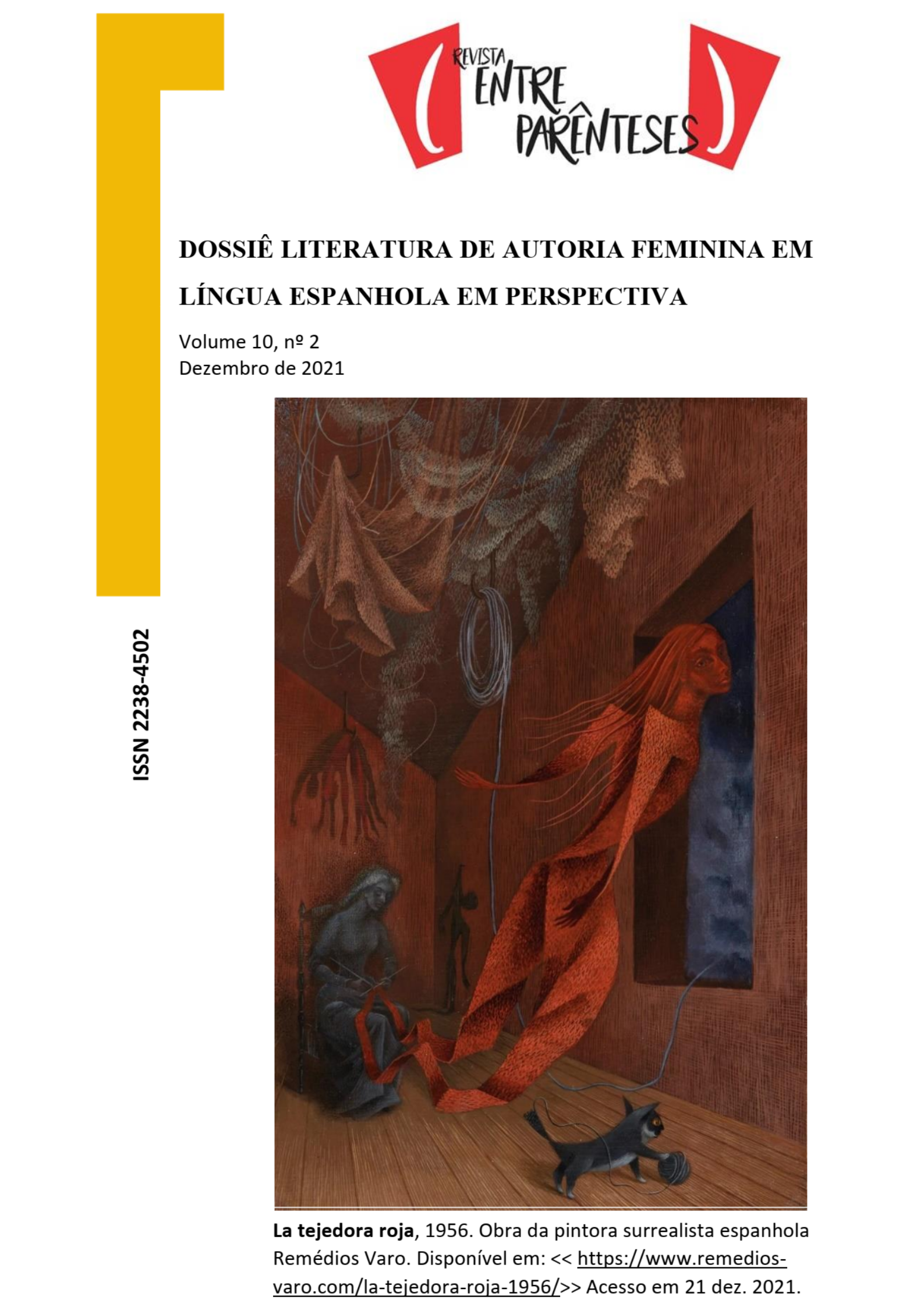FROM "ALL IS TRUE" TO THE DESCRIPTION OOF ILLUSIONS: OS REALISMOS DE BALZAC E FLAUBERT
DOI:
https://doi.org/10.32988/rep.v10n2.1311Keywords:
Realistic Prose, Contiguity, Metonymies, SynecdoquesAbstract
Starting from the common association of Balzac and Flaubert to the Realism, the present work proposes a comparative analysis of the novels O Pai Goriot and Madame Bovary. At first, the concepts of realism and reality according to Flaubert and Balzac are discussed. After that, some excerpts of the novels are read, in order to identify similar scenes. It was identified that in both novels there are scenes of ball. Comparing them, it was observed that there is a common feature among them: the predominance of the relations of contiguity stablished by the characters’ clothes. That leads to the discussion of the presence of metonymies and synecdoches in the works, based on Roman Jakobson’s text Linguística e Comunicação (2003). The conclusion was that Balzac’s and Flaubert’s concepts of reality are different, what may be seen in their narrative styles. However, their common classification as realists is justified, since in both texts there are plenty of metonymies and synecdoques that stablish similar contiguity relations.
References
AUERBACH, Erich. Mimesis: a representação da realidade na literatura ocidental. São Paulo: Perspectiva, 1987.
BALZAC, Honoré. Le Père Goriot: Paris: Librairie Gründ, 1939.
______ O Pai Goriot. Tradução de Gomes da Silveira. Porto Alegre: Globo, 1952.
BORGES, Jorge Luís. Discussão (1932). Tradução de Josely Vianna Baptista. São Paulo: Companhia das Letras, 2008.
BROOKS, Peter. Reading for the plot: design and intention in narrative. New York: Harvard University Press, 1992.
CARPEAUX, Otto Maria. Madame Bovary. In: FLAUBERT, Gustave. Madame Bovary. Tradução de Sérgio Duarte. Rio de Janeiro: Edições de Ouro, 1967.
CULLER, Jonathan. Literary Theory: A Very Short Introduction. Oxford: New York, 1997.
FLAUBERT, Gustave. Madame Bovary. Tradução de Araújo Nabuco. São Paulo: Abril Cultural, 1979.
_____Cartas Exemplares. Tradução de Carlos Eduardo Machado. Rio de Janeiro: Imago, 2005.
_____ Madame Bovary. Paris: Flammarion, 2006.
_____ Madame Bovary. Tradução de Mário Laranjeira. São Paulo: Penguin Classics Companhia das Letras, 2017.
GIRARD, René. Mentira Romântica e Verdade Romanesca. São Paulo: É Realizações Editora, Livraria e Distribuidora Ltda, 2009.
JAKOBSON, Roman. Linguística e Comunicação. Tradução de Izidoro Blikstein e José Paulo Paes. São Paulo: Cultrix, 2003.
KENNER, Hugh. Flaubert, Joyce and Beckett: The Stoic Comedians. London: Dalkey Archive Press, 2005.
MORETTI, Franco. The Way of the World: The Bildungsroman in European Culture. New York: Verso, 2000.
PROUST, Marcel. Contra Sainte-Beuve. Tradução de Luciana Persice Nogueira. Belo Horizonte: Âyné, 2017.
STENDHAL. O Vermelho e o Negro: Crônica do século XX. Tradução de Raquel Prado. São Paulo: Cosac Naify, 2015.
THORLBY, Anthony. Gustave Flaubert and the Art of Realism. London: Bowes & Bowes, 1956.
Downloads
Published
How to Cite
Issue
Section
License
Os direitos autorais para trabalhos científicos são do autor, com direitos de primeira publicação para a revista. Como esta é uma revista eletrônica de acesso público, os artigos são de uso gratuito, em aplicações educacionais e não-comerciais, devendo ser observada a legislação sobre direitos autorais, em caso de utilização dos textos publicados nesta revista.
- Autores mantém os direitos autorais e concedem à revista o direito de primeira publicação, com o trabalho simultaneamente licenciado sob a Licença Creative Commons Attribution que permite o compartilhamento do trabalho com reconhecimento da autoria e publicação inicial nesta revista.
- Autores têm autorização para assumir contratos adicionais separadamente, para distribuição não-exclusiva da versão do trabalho publicada nesta revista (ex.: publicar em repositório institucional ou como capítulo de livro), com reconhecimento de autoria e publicação inicial nesta revista.
- Autores têm permissão e são estimulados a publicar e distribuir seu trabalho online (ex.: em repositórios institucionais ou na sua página pessoal) a qualquer ponto antes ou durante o processo editorial, já que isso pode gerar alterações produtivas, bem como aumentar o impacto e a citação do trabalho publicado


